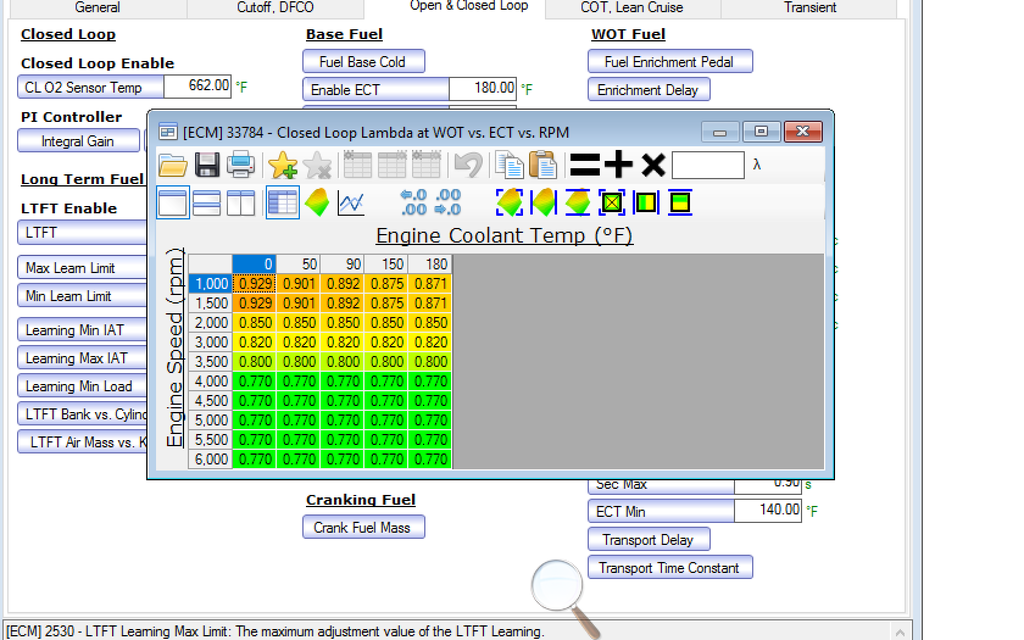For what it's worth, the settings in one of my *purchased* tunes has the max angle at 285 deg, and max duty cycle at 1.1, with airflow limit timer maxed out. I have been running this tune for about 6 months, with several sub 13 second track passes in my '15 full size crew 3.5L Eco.




 Reply With Quote
Reply With Quote
